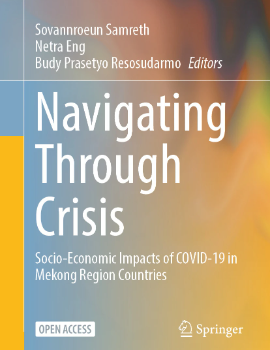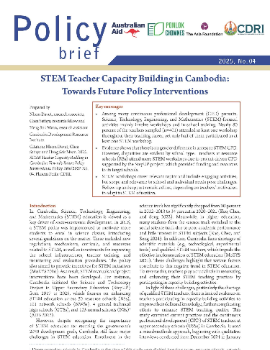
Assessing Technology Readiness of Students and Teachers in Cambodian Higher Education during COVID-19
Keyword: Technology readiness, higher education, COVID-19 pandemic, digital divide, e-learning adoption
Abstract/Summary
This study examines the technology readiness of students and teachers in Cambodian higher education institutions (HEIs) during the COVID-19 pandemic, which forced a rapid shift to online learning. Using survey data from 370 teachers and 1,338 students across 22 HEIs, the study applies the Technology Readiness Index (TRI 2.0) to assess readiness levels and identify key determinants. Findings reveal that while both groups had limited prior experience with online learning, nearly all adopted it during the pandemic. Teachers demonstrated higher technology readiness than students, with more falling into the “explorer” and “pioneer” categories, while most students were classified as “sceptics.” Regional and gender disparities were evident, with urban and male participants showing higher readiness. Key factors influencing readiness included ICT access, training, English proficiency, prior online learning experience, and perceptions of online learning. The study recommends targeted interventions to improve student preparedness, equitable access to technology, teacher training, and curriculum integration of ICT. Addressing gender and regional gaps and promoting research and innovation are also essential. These findings offer valuable insights for policymakers and educators aiming to strengthen digital learning infrastructure and resilience in Cambodia’s higher education system.



